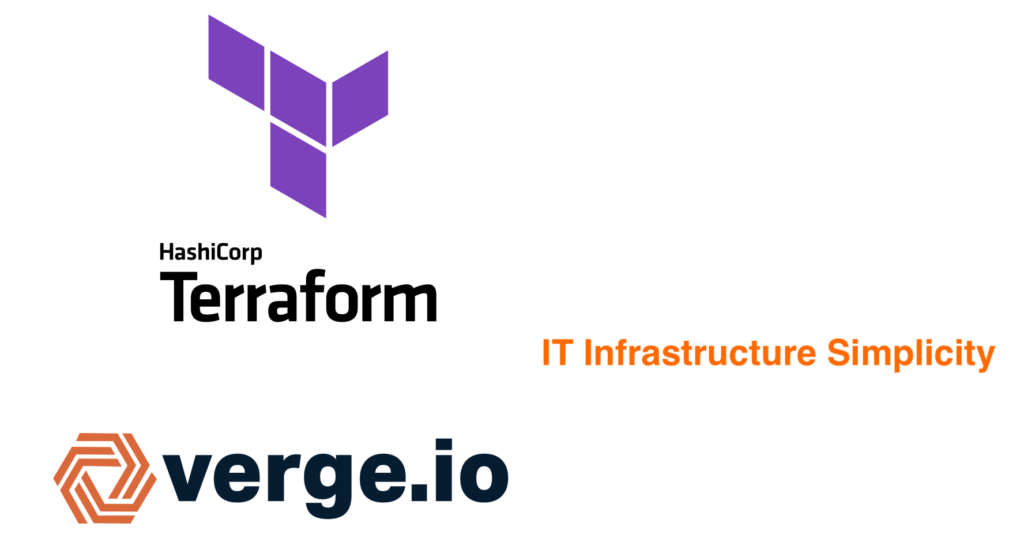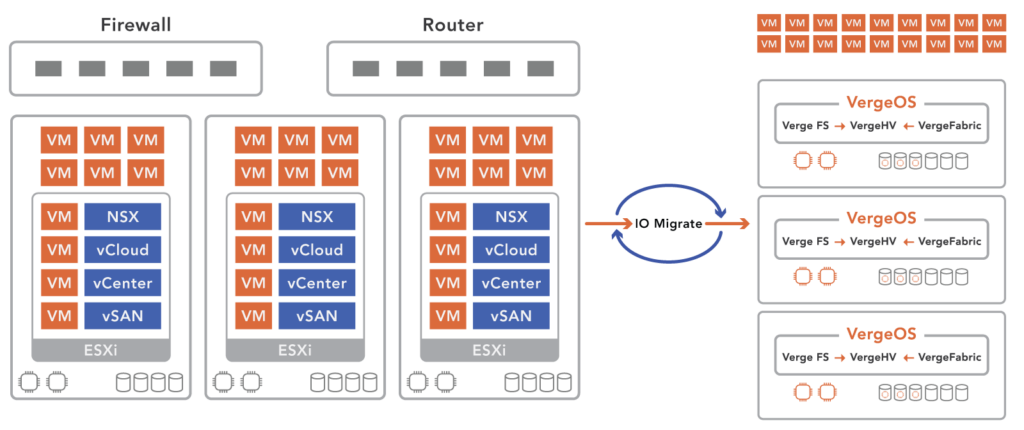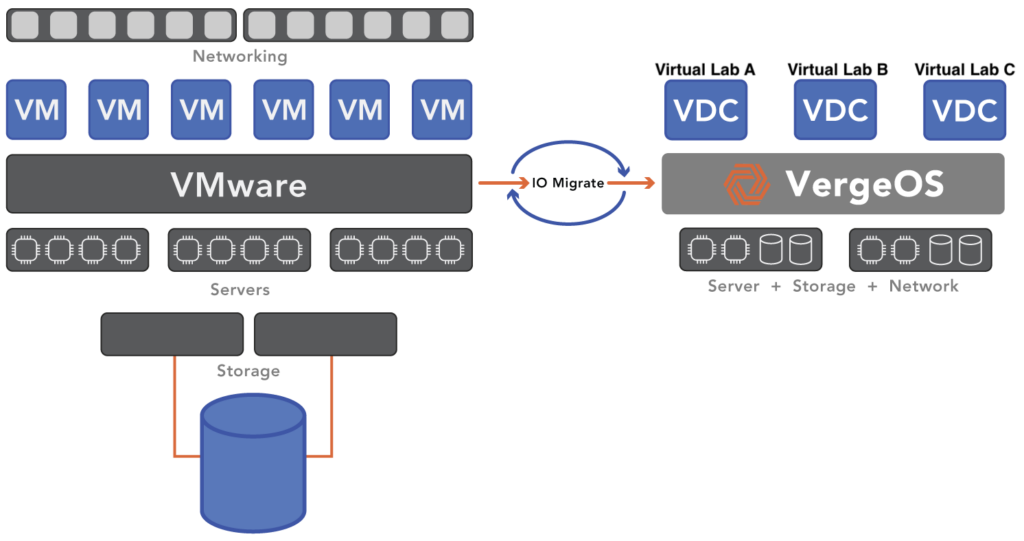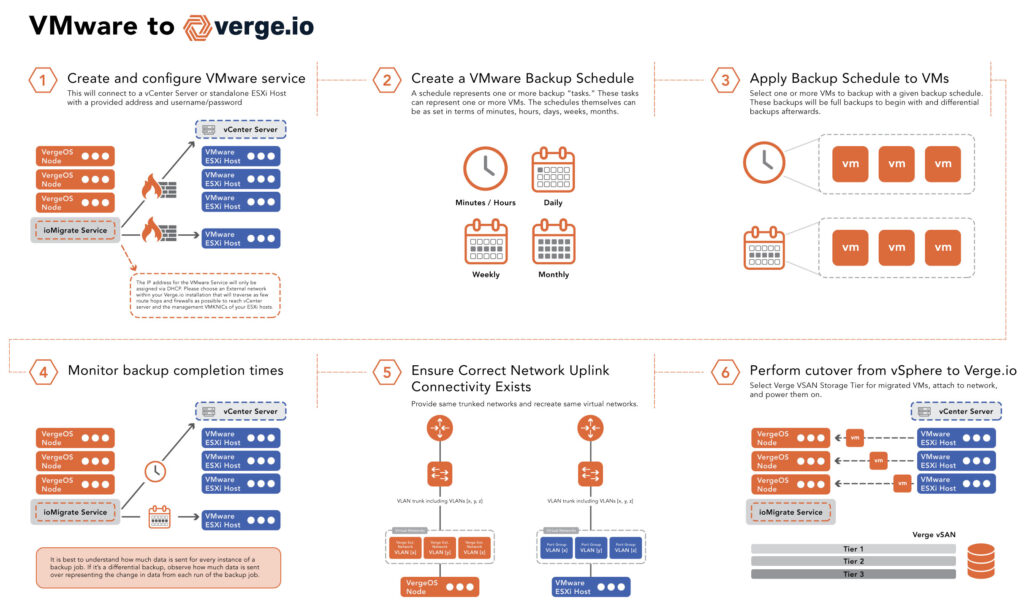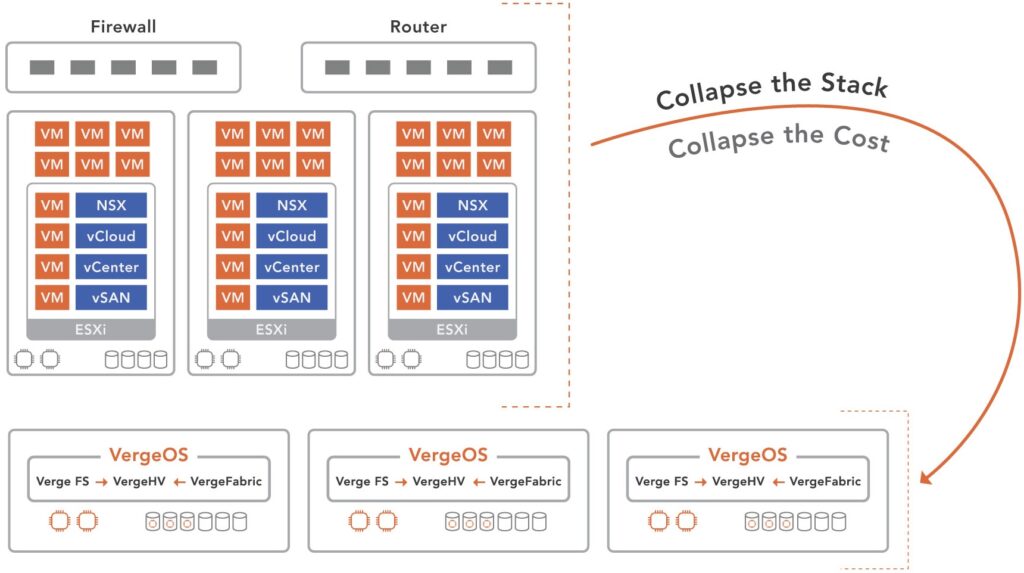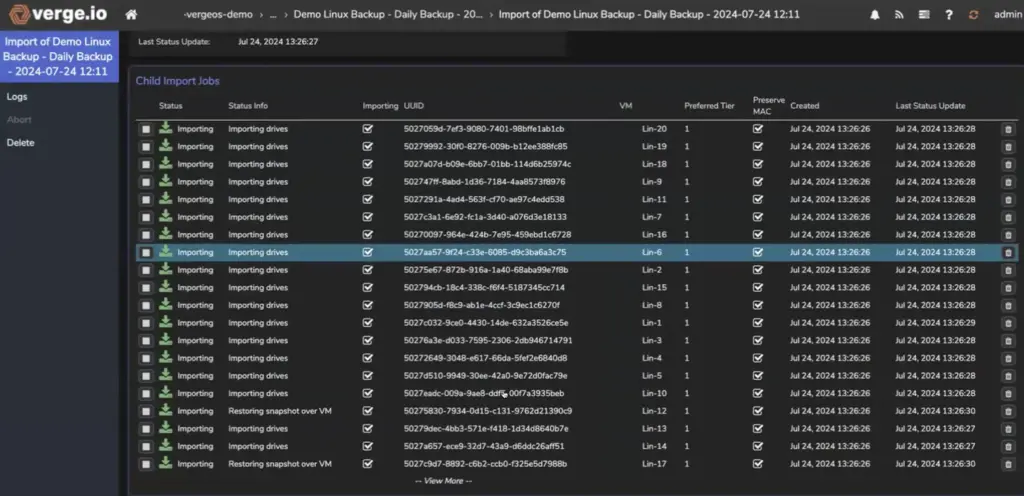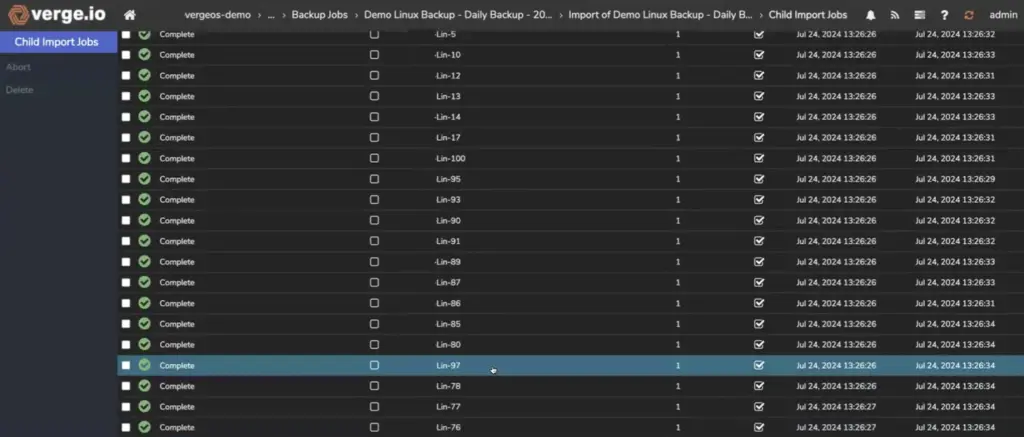VergeIO enables you to migrate to a more efficient and cost-effective IT infrastructure. This session will provide a comprehensive overview of various VMware migration methods and a live demonstration of our capabilities.
• Watch 100 VMware VMs Migrate to VergeOS in Seconds
• Experience a 100 Server Boot that takes less than 30 seconds

